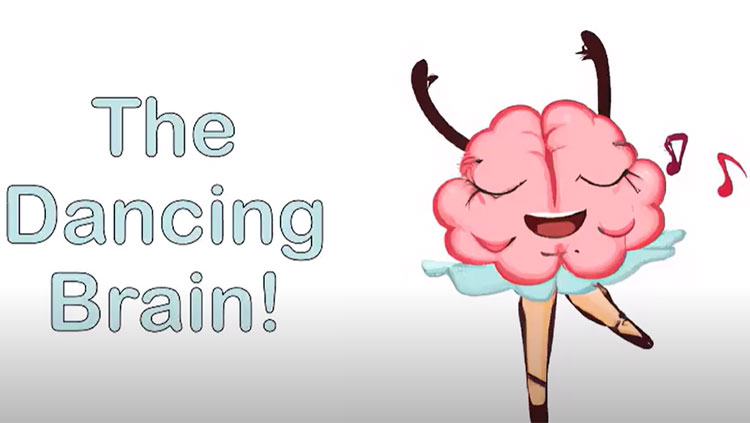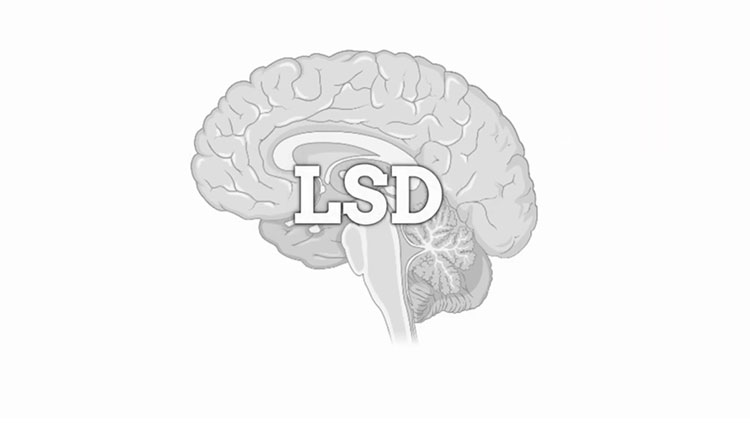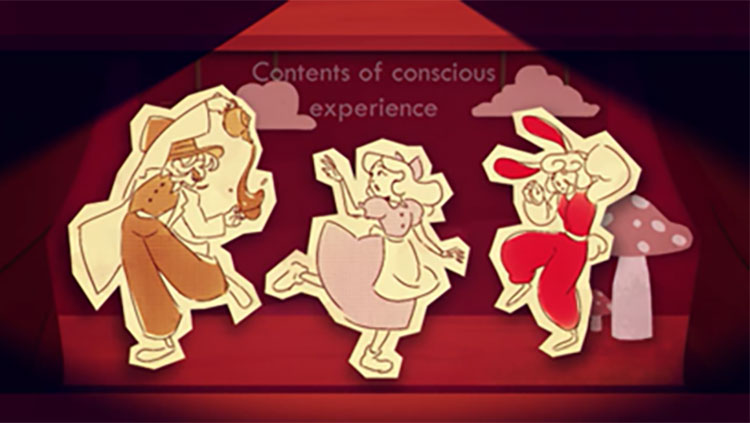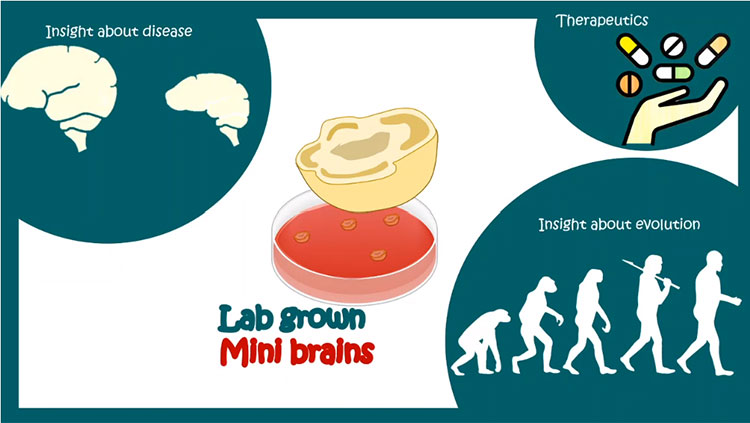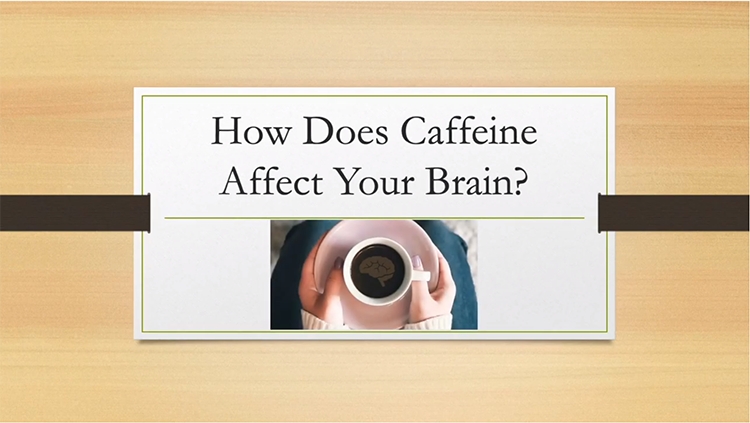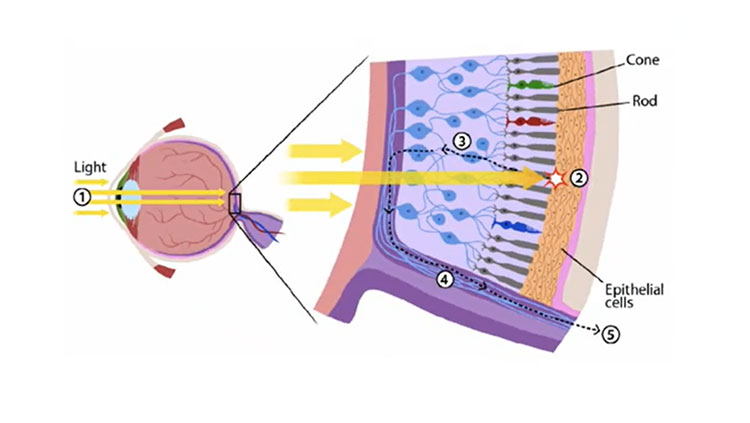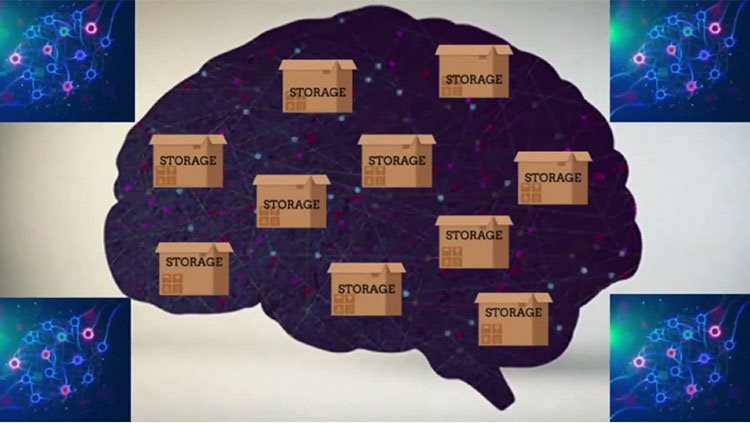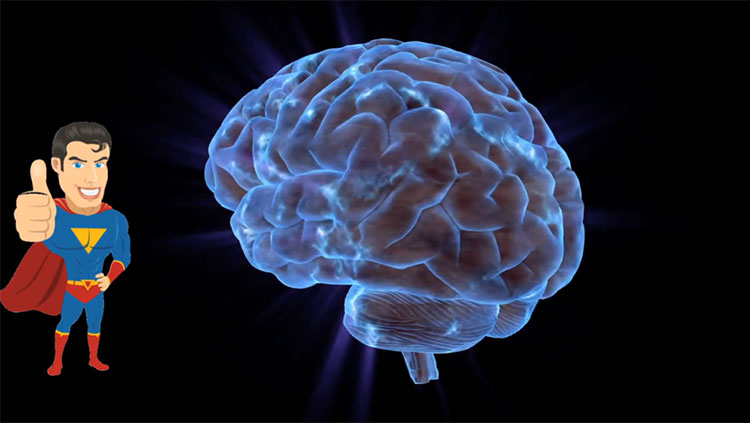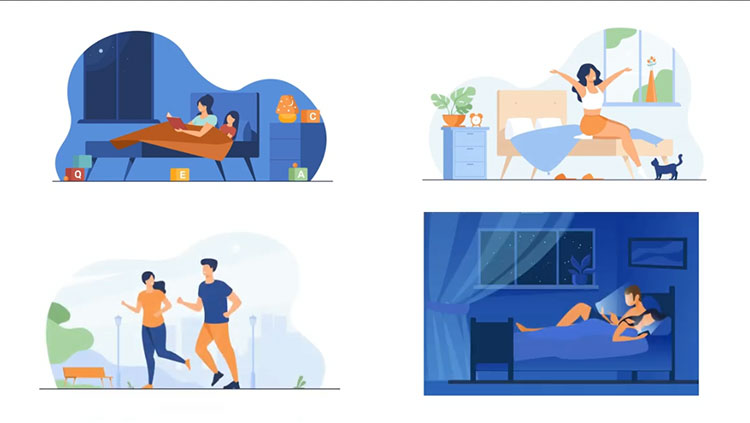Filter
-
(1)
-
(1)
-
-
(1)
-
(8)
-
(15)
-
(3)
-
(1)
-
(2)
-
(1)
-
(3)
-
(1)
-
(1)
-
(2)
-
(2)
-
(1)
-
(1)
-
(2)
-
(1)
-
(1)
-
(1)
-
-
(1)
-
(1)
-
-
(1)
-
(8)
-
(3)
-
(4)
-
(3)
-
(1)
-
-
(94)
-
(39)
-
(19)
-
(33)
-
(4)
-
(15)
-
-
(2)
-
(2)
-
-
(1)
-
(1)
-
-
(10)
-
(1)
-
(8)
-
(3)
-
-
(3)
-
(1)
-
(1)
-
(1)
-
-
(1)
-
(4)
-
(11)
-
(2)
-
(1)
-
(7)
-
(1)
-
-
(49)
-
(7)
-
(2)
-
(2)
-
(5)
-
(2)
-
(7)
-
(7)
-
(11)
-
(9)
-
-
(6)
-
(14)
-
(1)
-
(9)
-
(1)
-
(3)
-
(2)
-
-
(1)
-
(1)
-
(7)
-
(6)
-
(2)
-
(1)
-
(1)
-
-
(1)
-
(1)
-
-
(1)
-
(26)
-
(3)
-
(1)
-
(17)
-
-
(3)
-
(2)
-
(1)
-
-
(6)
-
(1)
-
(5)
-
(4)
-
-
(6)
-
(1)
-
(2)
-
(2)
-
(2)
-
-
(7)
-
(7)
-
-
(1)
-
(2)
-
(2)
-
(1)
-
(1)
-
-
(4)
-
(2)
-
(1)
-
(2)
-
-
(5)
-
(1)
-
(4)
-
-
(34)
-
(7)
-
(2)
-
(1)
-
(7)
-
(11)
-
-
(1)
-
(1)
-
(1)
-
-
(5)
-
(8)
-
(6)
-
(3)
-
-
(1)
-
(1)
-
-
(2)
-
(2)
-
-
(3)
-
(1)
-
(3)
-
-
(8)
-
(4)
-
(3)
-
(2)
-
(6)
-
(1)
-
-
(2)
-
(1)
-
(1)
-
-
(29)
-
(9)
-
(7)
-
(4)
-
(2)
-
(12)
-
-
(162)
-
(1)
-
(10)
-
(4)
-
(25)
-
(29)
-
(13)
-
(10)
-
(26)
-
(2)
-
(22)
-
(6)
-
(15)
-
(9)
-
(8)
-
(68)
-
(9)
-
(30)
-
-
(13)
-
(1)
-
(3)
-
(1)
-
(4)
-
(1)
-
(4)
-
(1)
-
-
(6)
-
(6)
-
-
(5)
-
(2)
-
(214)
-
(178)
-
(12)
-
(7)
-
(4)
-
(1)
-
(18)
-
(10)
-
(24)
-
(6)
-
(178)
61 - 70 of 230 results
-
When you dance, your brain is behind your moves: your ears that hear, your foot that taps. It’s a synchrony of different brain parts working together to coordinate your rhythm and beat.
-
Fear responses help us confront life-threatening situations — but not all fears threaten our survival. Through fear conditioning, we can come to fear otherwise harmless scenarios.
-
Lysergic acid diethylamide, or LSD, is a synthetic psychedelic that partially works by activating serotonin receptors, altering the way we think, sense, and behave.
-
We sense a lot about our environment but are only conscious of some of it. One theory, the global workspace theory, attempts to explain how the brain decides what to pay attention to.
-
Cerebral organoids, or mini brains, are grown to mimic molecular aspects of brain development, helping us understand brain cell formation and function.
-
By blocking a brain chemical that makes us sleepy, caffeine helps us feel more awake and alert.
-
How well can you see in the dark? Your retinas have specialized nerve cells that help, but your brain makes things even clearer through a process called contrast gain control.
-
Our memory involves encoding, storing, and retrieving information.
-
Just like superheroes can train and grow their powers, our brain's connections change and adapt to give us our strengths.
-
Our body’s natural sleep-wake rhythm, or circadian rhythm, helps us stay healthy and function throughout our daily lives.


